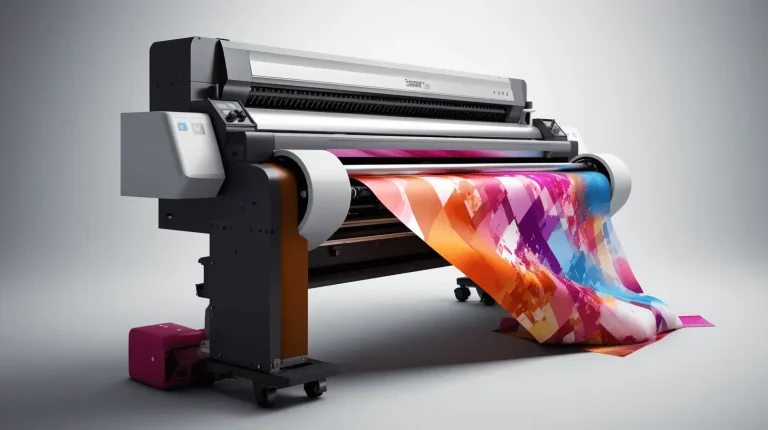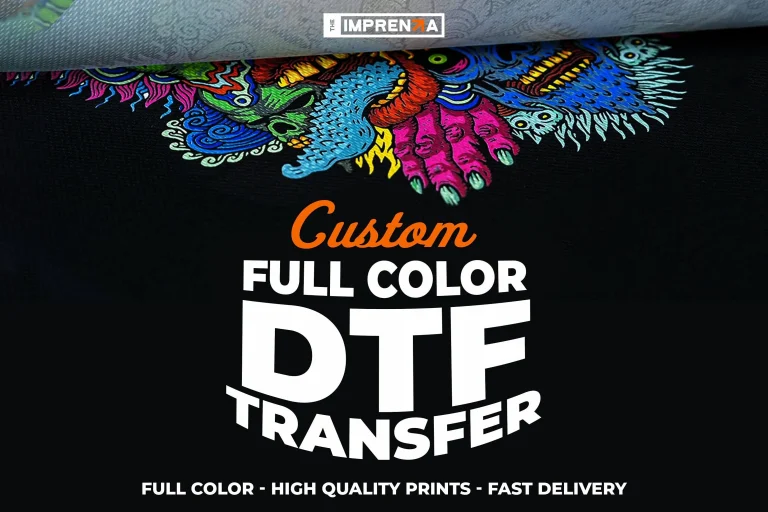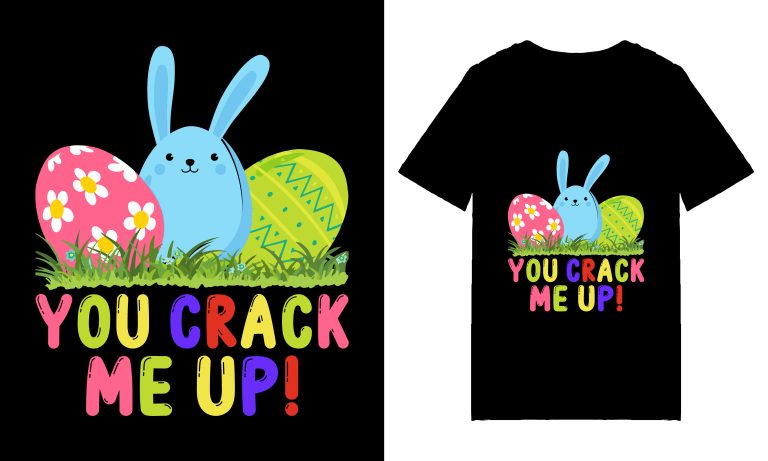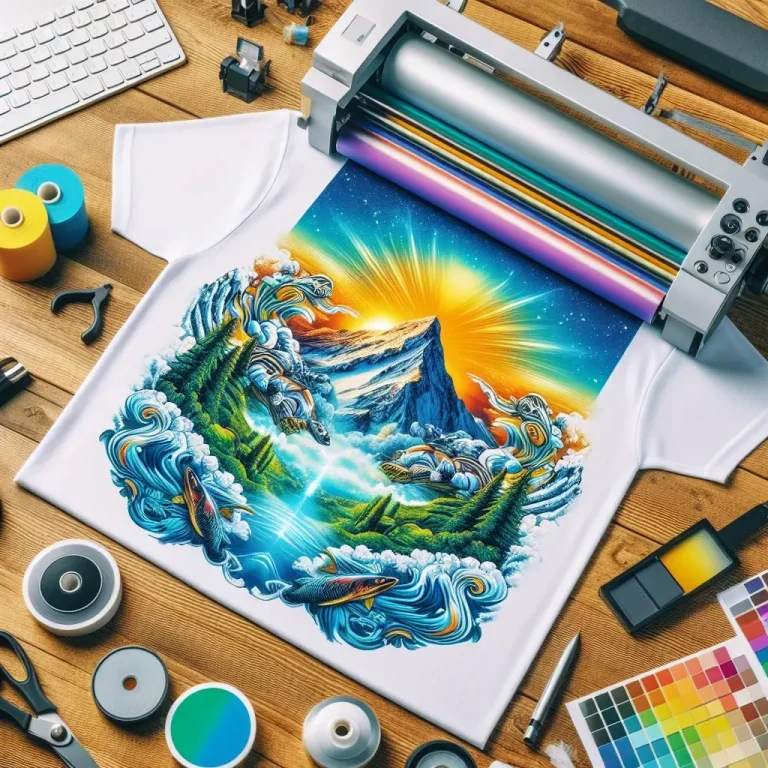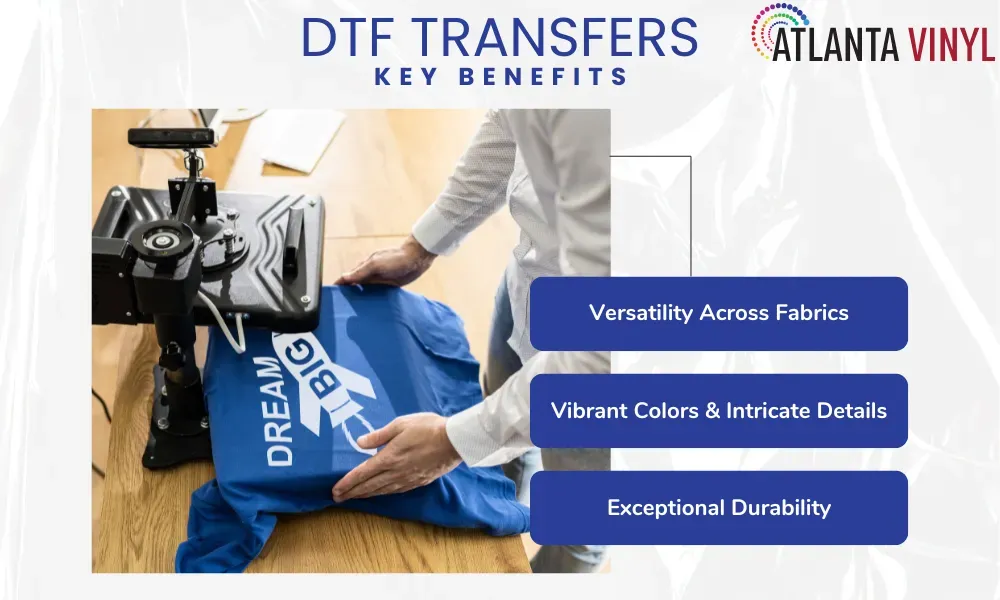
In the rapidly evolving world of custom apparel solutions, understanding the benefits of DTF transfers is essential for small business owners looking to elevate their printing capabilities. Direct to Film (DTF) transfer printing has emerged as a revolutionary method that combines cost-effectiveness with high-quality results, making it a favorite among entrepreneurs. One of the standout DTF printing advantages is its versatility, allowing designs to be applied to various fabric types, which helps small businesses tailor their offerings. Furthermore, DTF transfers enable quick turnaround times, perfect for fulfilling urgent customer requests while maintaining excellent print quality. By incorporating sustainable printing options into their operations, small businesses can not only meet market demands but also appeal to eco-conscious consumers, creating a comprehensive value proposition for their brands.
Exploring the realm of modern printing technologies reveals the many advantages that Direct to Film (DTF) printing brings to small enterprises. This innovative technique offers a flexible approach to fabric printing, allowing for seamless customization and rapid production of various apparel items. By utilizing DTF transfer printing, businesses can tap into cost-effective printing methods without sacrificing quality, ensuring that their custom designs stand out in a competitive market. Additionally, the environmentally friendly nature of DTF processes resonates with today’s sustainability-focused consumers, enhancing brand loyalty. Embracing these diverse printing solutions positions small business owners to effectively cater to diverse customer preferences while optimizing their operational efficiency.
Understanding DTF Printing Technology
DTF printing is an innovative method that leverages advanced technology to transfer designs onto fabrics. The process begins with printing the desired artwork onto a special film using eco-friendly inks, which then gets transferred onto the fabric using heat and pressure. This technology broadens the scope of materials that small businesses can utilize, surpassing the limitations of traditional printing methods. With its ability to print on various substrates, including both natural and synthetic fibers, DTF technology has reshaped the landscape of small business printing, enabling entrepreneurs to cater to diverse customer needs.
Moreover, the versatility of DTF printing extends beyond fabric types. Whether it’s producing custom apparel for events, promotional items, or everyday clothing, DTF allows for full-color designs with remarkable detail. This adaptability not only enhances creativity but also empowers small business owners to respond to changing market demands swiftly and effectively. The capacity to print intricate graphics and vibrant colors transforms ordinary garments into extraordinary pieces of art, setting a new standard for custom apparel solutions.
Benefits of DTF Transfers: Why They Matter
The benefits of DTF transfers are numerous and significant, making them a favored choice among small business owners. One of the primary advantages is the cost-effectiveness of DTF printing methods. Unlike traditional screen printing, which can be expensive and labor-intensive, DTF printing requires minimal setup and allows for low-volume orders at a fraction of the cost. This affordability enables small business owners to experiment with different designs without the fear of incurring excessive expenses. Consequently, business owners can enhance their profit margins while still delivering high-quality products to their customers.
Additionally, DTF transfers bring ease of customization to the forefront. This technology allows small businesses to create tailored designs for specific events or customer requests, promoting a unique selling point in the crowded marketplace. The ability to quickly produce customized items aligns perfectly with today’s consumer demand for personalization, allowing businesses to offer a range of products that can appeal to varied tastes and preferences. Thus, the advantages of DTF transfers significantly contribute to the operational effectiveness of small business printing.
The Role of DTF in Sustainable Printing
Sustainability is a crucial consideration for modern consumers, and DTF transfer printing makes significant strides toward environmentally friendly practices. One of the major benefits of this method is its reduced waste production compared to traditional printing techniques. For instance, DTF printing utilizes far fewer chemicals and produces less off-cut material, making it a more sustainable option overall. As businesses increasingly promote environmentally responsible practices, adopting DTF transfers aligns perfectly with this commitment.
Beyond waste reduction, DTF transfers also utilize eco-solvent inks, which are less harmful to the planet than their traditional counterparts. This approach to sustainable printing not only resonates with environmentally conscious consumers but also enhances a brand’s image as responsible and forward-thinking. By embracing DTF printing, small business owners can effectively convey their dedication to sustainable practices, potentially attracting a broader customer base and establishing loyalty among eco-conscious shoppers.
Enhancing Creativity Through DTF Transfers
Creativity is crucial in the competitive apparel market, and DTF transfers provide small business owners with the tools to unleash their artistic potential. The technology allows for a wide range of designs, from minimalist graphics to complex, colorful prints. By enabling high-definition printing on diverse materials, DTF empowers small businesses to explore various styles and approaches in custom apparel. This vast creative freedom opens up opportunities to develop unique product lines and establish a distinctive brand identity.
Moreover, the quick turnaround times associated with DTF transfers facilitate experimentation. Small business owners can test new designs or variations without the usual long delays associated with many traditional printing methods. This flexibility encourages ongoing experimentation and innovation, making it easier for businesses to stay ahead of trends. As a result, DTF transfers not only enhance productivity but also breathe life into creative ideas, positioning small businesses as trendsetters in the custom apparel market.
Cost Savings with DTF Printing
One of the standout features of DTF printing is its cost-efficiency, making it an attractive solution for small business owners. Initial investments in DTF equipment can be balanced out by the significant savings in material costs and production time. With DTF transfers, businesses can lower their expenses related to ink usage and fabric wastage, as this method facilitates the printing of smaller batches of custom designs without incurring high overheads.
Additionally, the ability to create diverse product offerings without maintaining extensive inventories is a vital financial benefit. DTF allows for on-demand printing, meaning that businesses can fulfill orders as they come in—reducing the need for large stockpiles of pre-printed items. This flexibility not only cuts down storage and material costs but also places small businesses in a position to react more swiftly to consumer trends, maximizing profitability while minimizing financial risk.
The User-Friendly Nature of DTF Printing
User-friendliness is a significant advantage of DTF printing technology, which is especially appealing for small business owners who may not have extensive technical expertise. Many DTF printers come equipped with intuitive software that simplifies the printing process, allowing users to operate the machines with ease. This accessibility enables business owners to quickly learn the DTF printing workflow, streamlining their operations and allowing them to focus on expanding their brand.
Furthermore, the straightforward nature of DTF printing eliminates the need for complex setups often associated with traditional methods like screen printing. This means that small business owners can set up and begin printing with minimal hassle, reducing downtime and improving overall efficiency. By embracing user-friendly DTF technology, small businesses can foster a productive work environment, effectively turning their creative visions into reality without the complications of more cumbersome processes.
Frequently Asked Questions
What are the main benefits of DTF transfers for small business printing?
DTF transfers offer several advantages for small business printing, including versatility in material usage, exceptional print quality, and opportunities for customization. Businesses can print on different fabrics effectively, achieve high-quality visuals that stand out, and cater to unique customer requests without incurring large setup costs.
How do DTF printing advantages translate to cost-effective printing methods?
DTF printing is considered a cost-effective method due to its ability to produce high-quality prints with minimal waste. Although the initial investment in equipment can be significant, long-term savings arise from reduced material costs and the elimination of the need for large inventory in various screen prints.
Can DTF transfers support sustainable printing options for small businesses?
Yes, DTF transfers are among sustainable printing options since they generate less waste compared to traditional methods like screen printing. By choosing DTF technology, small businesses can appeal to eco-conscious consumers and promote their commitment to environmentally friendly practices.
What are the customization benefits of DTF transfers in creating custom apparel solutions?
One of the key benefits of DTF transfers is the ease of creating customized designs. This flexibility allows small businesses to cater to specific customer needs or event-related requests without the hefty costs associated with traditional printing methods, making it ideal for personalized apparel.
Why are quick turnaround times a vital benefit of DTF printing for small business owners?
Quick turnaround times in DTF printing enable small business owners to fulfill large orders or respond to last-minute requests efficiently. This agility not only enhances customer satisfaction but also fosters repeat business, which is essential for growth in a competitive market.
What user-friendly aspects make DTF transfers appealing for small business owners?
Many DTF printing machines feature intuitive software, simplifying the printing process for users without extensive technical skills. This user-friendliness allows small business owners to operate printing equipment effectively, facilitating a smoother startup and quicker order fulfillment.
| Benefit | Description |
|---|---|
| Versatility in Material Usage | Can print on various substrates including cotton, polyester, and blends. |
| Exceptional Print Quality | Delivers vibrant colors and intricate graphics that stand out. |
| Opportunity for Customization | Allows low-volume custom printing without high costs, suitable for niche markets. |
| Cost Efficiency | Long-term savings by reducing waste and production costs. |
| Quick Turnaround Times | Faster production speeds compared to traditional printing methods. |
| Environmentally Friendly Option | Less waste produced, appealing to eco-conscious consumers. |
| User-Friendly Experience | Intuitive machines that simplify the printing process for users. |
Summary
The benefits of DTF transfers are significant for small businesses looking to innovate and grow. Not only do they provide versatility and exceptional print quality, but they also offer customization opportunities that cater to individual client needs. Cost efficiency and quick turnaround times enhance operational effectiveness, while the environmentally friendly aspects appeal to the growing segment of eco-conscious consumers. By adopting DTF transfer technology, small business owners can not only improve their product offerings but also foster customer loyalty and position themselves favorably in a competitive marketplace. Embracing these advancements can transform the apparel production process, making it more responsive and aligned with modern consumer demands.


